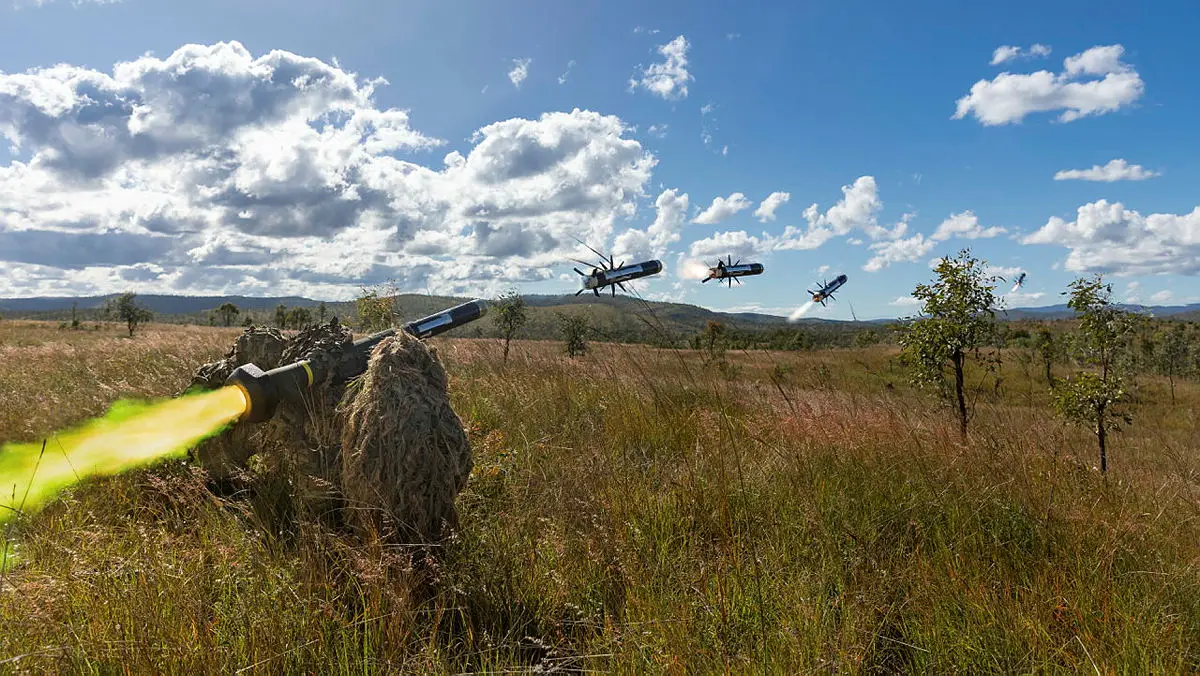The U.S. State Department has made a determination approving a possible Foreign Military Sale to the Government of Australia of Javelin FGM-148F missiles and related equipment for an estimated cost of $60.18 million. The Government of Australia has requested to buy up to two hundred fifty-five (255) Javelin FGM-148F missiles (includes five (5) fly-to-buy missiles). Also included is U.S. technical assistance, consisting of Tactical Air Ground Missiles (TAGM) Project Office technical assistance and other related elements of logistical and program support. The estimated total cost is $60.18 million. The prime U.S. contractor will be the Javelin Joint Venture between Lockheed Martin in Orlando, FL and Raytheon Missiles and Defense in Tucson, AZ.
This proposed sale will support the foreign policy and national security objectives of the United States. Australia is one of our most important allies in the Western Pacific. The strategic location of this political and economic power contributes significantly to ensuring peace and economic stability in the region. It is vital to the U.S. national interest to assist our ally in developing and maintaining a strong and ready self-defense capability. The proposed sale will improve the Australian Army’s capability to meet current and future threats by maintaining and increasing its anti-armor capability. Australia will have no difficulty absorbing this equipment into its armed forces. The proposed sale of this equipment and support will not alter the basic military balance in the region.

The FGM-148 Javelin automatic infrared guidance that allows the user to seek cover immediately after launch, as opposed to wire-guided systems, like the Dragon, which require the user to actively guide the weapon throughout the engagement. The Javelin’s HEAT warhead is capable of defeating modern tanks by attacking them from above where their armor is thinnest (see top-attack), and is also useful against fortifications in a direct attack flight. The system takes a top-attack flight profile against armored vehicles (attacking the top armor, which is generally thinner), but can also take a direct-attack mode for use against buildings, targets inside the minimum top-attack engagement range, and targets under obstructions.
The Javelin Weapon System has been introduced to the Australian Army to engage and destroy current and anticipated enemy armour at ranges beyond that achievable with previous shoulder-fired anti-armour systems. The Australian Army has used the Javelin anti-tank guided missile (ATGM) since the 2003 Iraq war. Lockheed Martin continued to work with the Australian Army on project Land 159, which includes a requirement for a ATGM for dismounted troops, for which Spike has been provisionally selected. Once delivered, the anti-tank missile will enable the Australian Army to strengthen its anti-armour capabilities and better defend against existing and future threats. The Australian Army Special forces continue to show strong interest in Javelin, both for dismounted and mounted applications













